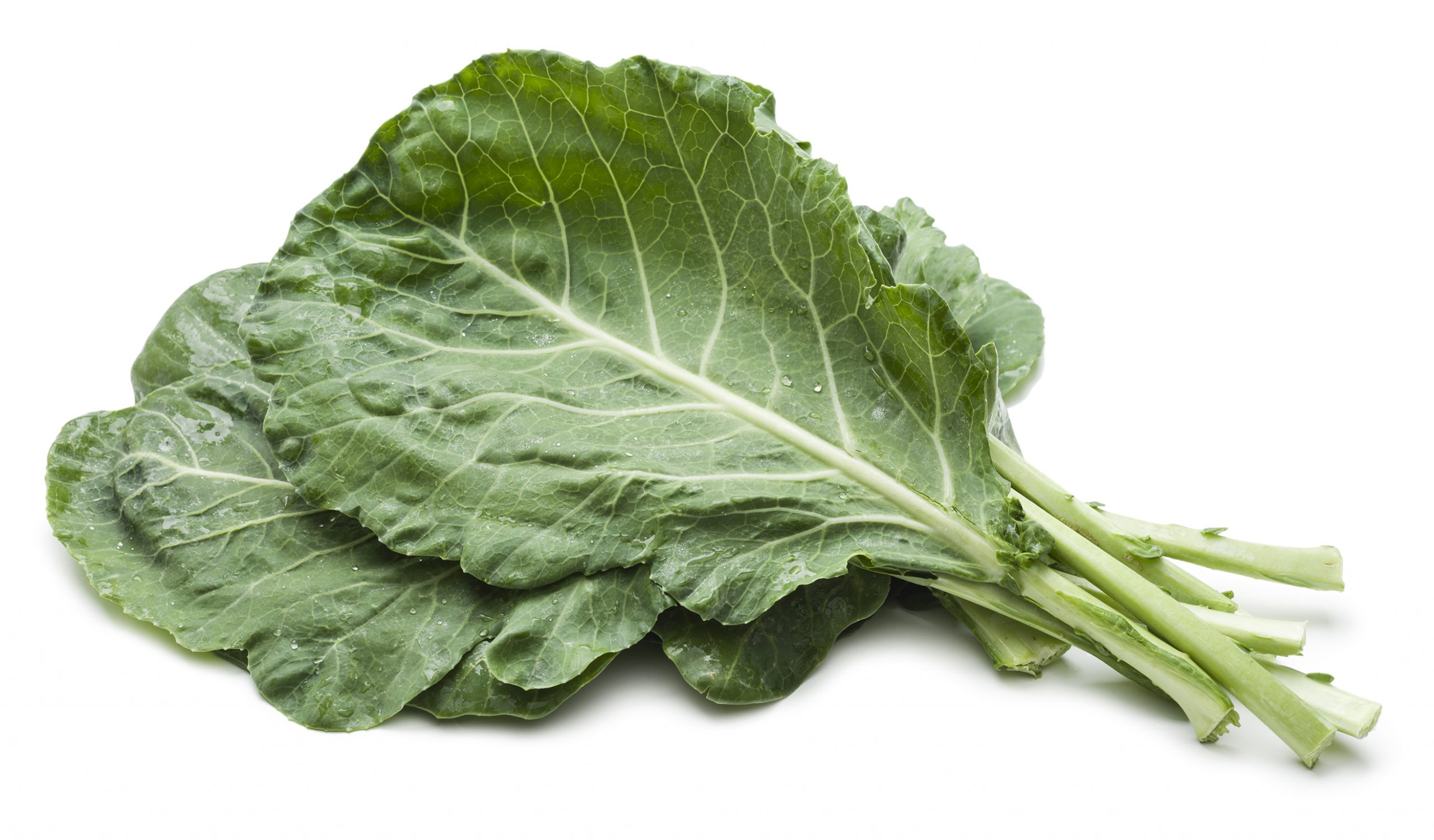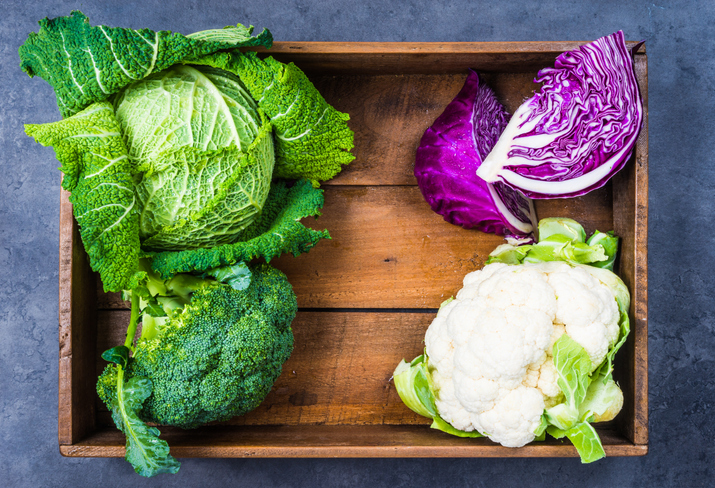Collard Greens

Featured Product
Availability:
| J | F | M | A | M | J | J | A | S | O | N | D |
Description:
Collard greens are members of the Brassica oleracea acephala group, which means, they grow without a head–like a cabbage would. We all know fruits and vegetables are healthy, but certain members of the Brassica group, known as Cruciferous vegetables, carry with them some known health benefits. As the plant-based trend moves mainstream, certain vegetables can expect a renaissance as they gain popularity.
Collard greens are a type of cooking green, like mustard greens or kale. It is more common to cook them to eat then raw. That’s not to say you can’t eat them raw, you can slice or shred them finely and add them to slaws or salads. or you can remove the center rib and use them in place of a tortilla in a wrap or for sushi rolls. When cooked, collards are generally cooked for a long time, allowing them to become very tender.
Recommended Storage
The recommended optimum storage temperature is 32° – 40°F. Their leaves are delicate, you don’t want to allow them to freeze, but keep them as cold as possible. Keep them covered, they are susceptible to wilting when allowed to dehydrate. We recommend you store them in the coldest part of your cooler. The temperature fluctuates from the front to the back of the cooler due to the location of the cooling unit and frequency of the door being opened. Download our PDF for more cooler storage hints.
Check out what’s going on this week. For our latest market update, please see The FreshPress.
You can also click here to be notified when we post fresh new videos.


